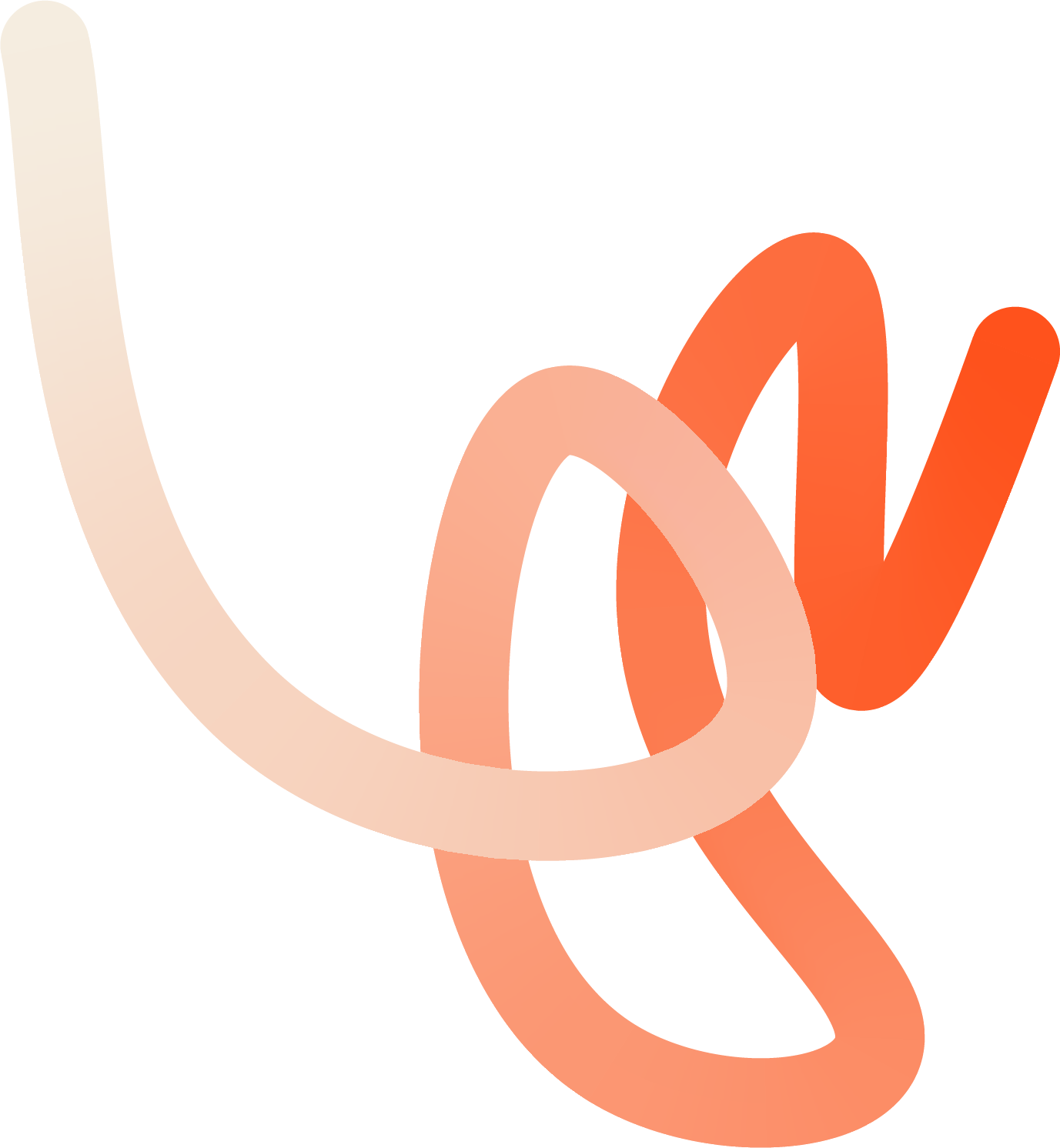Retrieval-Augmented Generation (RAG)
Retrieval-Augmented Generation (RAG) is a framework that improves the performance of large language models (LLMs) by providing them with external, up-to-date, and domain-specific knowledge.
- Das ist eine H2
- Das ist eine H3
The core idea: The LLM not only draws on the knowledge acquired during training, but also draws relevant information from a separate knowledge database before generating an answer. The goal: to reduce hallucinations, increase timeliness and enable transparency by naming sources.
Why RAG is crucial for your company
For medium-sized companies, RAG represents a turning point in the use of AI. While classic LLMs can only draw on their training knowledge, RAG provides access to your specific company knowledge — without the enormous costs of model retraining.
The business benefits: Complete fine-tuning can cost six-figure amounts. RAG achieves comparable results at a fraction of the cost. Product changes, new compliance requirements or current market data can be integrated within hours. By tracing the sources, you also reduce liability risks — particularly important in regulated industries.
With RAG, a medium-sized manufacturing company can revolutionize its technical support: Instead of service employees searching for hours in manuals, an RAG system provides precise answers based on all technical documentation. In practice, the time savings are often 40-60% per customer request.
How it works in two steps
Retrieval (retrieval): The user request is converted into a vector — a numeric representation of its semantic meaning. This vector is used to search for the most relevant text snippets in a vector database. The system identifies the top N most relevant documents that provide the best context.
Generation (generation): The original request is combined with the retrieved context to form an extended prompt. Based on this fact-based information, the LLM generates a coherent and precise answer — including a reference to the source.
The most important benefits
Minimized hallucinations: In our projects, we observe reductions in the error rate of up to 85%, as the answers are based on actual data.
Timeliness: New product versions or changed processes are immediately available — not just after months of training processes.
Cost efficiency: Only the knowledge base is updated — a process that takes hours instead of months.
Data sovereignty: Your sensitive business knowledge stays in your infrastructure and doesn't have to be sent to external providers.
Use cases
Customer service: Chatbots answer questions based on current product manuals and historical support tickets — research times are reduced by an average of 70%.
Internal knowledge management: Employees find answers from thousands of documents in seconds. Particularly valuable when there is a high level of employee turnover.
Compliance & Law: Quickly extract relevant passages from laws, contracts and regulatory requirements.
Product development: Developers find technical specifications and best practices from past projects — development cycles are significantly accelerating.
FAQ
How long does it take to implement? A proof of concept for a specific application can be implemented in 4-6 weeks. A company-wide solution typically takes 3-6 months.
What is the difference with fine tuning? Fine tuning fits that LLM through renewed training — costly and time-consuming. RAG supplements the model with external knowledge at runtime. RAG is more flexible, less expensive and enables easier updates.
How secure is RAG regarding GDPR? RAG can be implemented in full compliance with GDPR. The advantage: Your data never leaves your infrastructure. With on-premise solutions, all information remains within your control area.
Next steps
Interested in implementing RAG in your company? Contact us for a free non-binding consultation or book an appointment with us directly.
Other relevant topics: • Data case studies • Large Language Models • Data Strategy • Data Audit


Relevant Case Studies
Here you can find related examples of our work

Do you have questions aroundRetrieval-Augmented Generation (RAG)?
Follow us on LinkedIn
Stay up to date on the exciting world of data and our team on LinkedIn.


